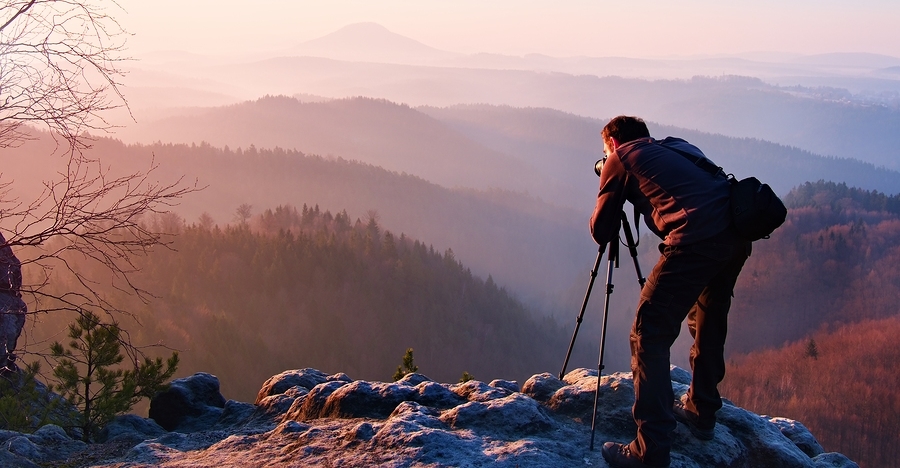Most People Miss Out On The Generous Possibilities Of This Lens
If you’re interested in landscape photography I bet you’ve read many articles on what type of gear you should use. And I bet most of those articles have suggested a wide-angle lens, haven’t they?
True, wide-angles are great for landscapes. They can fit the whole scene in front of you into one image without much of an effort. But there is one lens you haven’t even thought of when it comes to this area of photography, and it will give you spectacular photos if you know how to use it for this purpose. Can you guess which one I’m talking about?
GO TO THE NEXT PAGE FOR THE ARTICLE
You may actually already own this lens so check out the following article for reasons why you should be using it for your landscape photography!
Pages: 1 2


the 50mm lens advice…. is this for a full frame or an APS-C. I have a Nikon D5200 and a 50mm f1.8 so it has a telephoto effect.
Both. Just remember that the 50 mm will increase when mounted on a cropped sensor camera.
I could not agree with this article more! The 50mm is the only lens I’ve ever used for the shots on my page, though I have used an array of lenses before. The 50mm has been my first lens I’ve tried and it’s proven itself to be true. In my honest opinion, I figure I don’t get the quality I’m personally looking for when I use a wide angle lens because the focus of the subject is very important to me. Feel free to check out my page here 🙂 :
https://www.facebook.com/JonathanMyersPhotography/
I have the Nikon 35mm f1.8 which equates to 52mm on APS-C. Wonderful little lens. Use in portrait mode and take 3-5 exposures that are stitched together for a wide angle landscape or pano.
Its a fantastic advice. Another advantage of doing composites in such way is that we can make gigantic prints later without worrying too much of image quality reduction. Another advantage also comes in night time starry landscape images when high ISOs are used. With composite technique grainy noise element becomes so small that noise is almost unnoticeable.Voila!! Feel free to check out –
https://www.facebook.com/thetaintedtripod
On an APSC senser camera the best and the sharpest is the 28mm equivalent which is around 42 to 44. I have to admit however that the sharpest I have for that is an old Konica Hexanon 28mm 3.5 from the 70’s. It’s detail is amazing…If you are using any lens (modern or otherwise) a Prime 28 mm on an APSC (around 42mm full frame equivalent) can not be beat….
Long telephotos can bring tremendous scenics. I have shots of
Palenque (Mexican ruins- shot in1974) thaT are spectacular. But ya gotta go get the picture, eveN if’s it from your LeicaIIIc
While I use my 20mm f2.8 and my 35mm 1.8 for some landscapes it all depends on the scene. Recently I was taking photographs of the Boston harbor skyline at night from a point across the harbor near Logan airport. The 20mm brought TOO much into the picture but my 50mm 1.4 was just right for the shot I wanted. I’ve also used a telephoto lens for some shots to take advantage of the compression of foreground and background. A 300mm lens on an full frame body can make the sun or the moon appear larger in the photo than a normal or wide angle lens adding impact to the image.